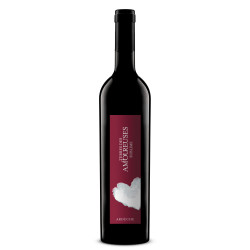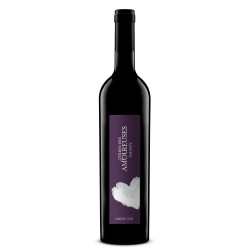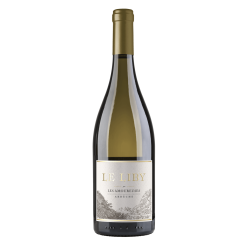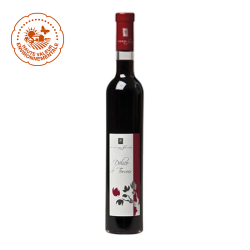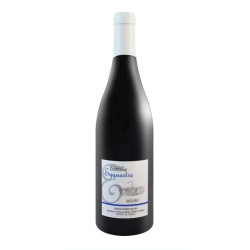Free delivery on purchases of €150 or more per winegrower in France and €250 in Europe (excluding United Kingdom)
Free delivery on purchases of €150 or more per winegrower in France and €250 in Europe (excluding United Kingdom)
-
- Great Offer
-
Our wines
-
-
By colors
-
All the wines
-
-
-
All Regions
-
-
-
-
Our organic & natural wines
-
-
Our Champagnes & Spirits
-
-
All Champagnes
-
-
Spirits
-
All the spirits
-
-
-
Our winemakers
-
-
-
winemakers
-
-
-
Our advice
-
-
Find your wine
-
-
-
- Our commitment !
-
- Great Offer
-
Our wines
-
-
By colors
-
All the wines
-
-
-
All Regions
-
-
-
-
Our organic & natural wines
-
-
Our Champagnes & Spirits
-
-
All Champagnes
-
-
Spirits
-
All the spirits
-
-
-
Our winemakers
-
-
-
winemakers
-
-
-
Our advice
-
-
Find your wine
-
-
-
- Our commitment !
Unbeatable !
THE ARDÈCHE, A WINE-GROWING REGION THAT COMBINES OENOLOGY AND GASTRONOMY

The Revival of Ardèche Wines: A Look at an Ancient Terroir
A Region with Over 2000 Years of Winemaking History
While the Ardèche may not be the most renowned or famous wine-growing region in France, it has recently experienced a resurgence with the emergence of bold winemakers renewing its wine production.
This renewed interest, however, is not a recent phenomenon. Archaeological excavations conducted between 2013 and 2015 revealed that viticulture was practiced in the Ardèche as early as the Iron Age. Was Ardèche a cradle of winemaking long before the Romans arrived?
The History of This Ancient Wine Region
Most French vineyards trace their winemaking history back to the arrival of the Romans in Gaul, marking the traditional beginning of viticulture in France. However, a recent discovery in Ardèche might challenge this conventional view.
Thirty-two vine stocks, two carbonized grape seeds, vine pollen traces, and organic traces of red wine were identified during excavations in Alba-la-Romaine. These findings date back to the first half of the 5th century BCE, well before the estimated origin of winemaking in France.
Both wild and cultivated vines were found, indicating that viticulture existed well before the Romans and far from the coast and communication routes. This discovery suggests that the history of the vine in France could be pushed back several centuries in Ardèche. Could Ardèche have been a wine-producing region in antiquity?
Geographic and Climatic Characteristics of Ardèche Terroir
The presence of vines in Ardèche is not surprising given its location along the Rhône Valley to the east. The climate here is semi-continental with Mediterranean influences. The region features several sub-climates, including those in southern Ardèche (Lower Ardèche, Vivarais), the Ardèche Cevennes, the Coiron and Boutières regions, and the Ardèche Rhône Valley.
This climatic diversity is complemented by diverse soil types. Ardèche vineyards benefit from soils ranging from gneiss, sandy-clay, limestone, to granite. Soil composition varies between garrigues, thin slopes, hills, and rocky, deep soils.
This diversity of climates and soils naturally offers numerous possibilities for viticulture in Ardèche.
A Terroir Reinventing Itself with New Winemakers
So why isn't Ardèche wine more renowned today? The answer lies in the vineyard's history. For a long time, Ardèche vineyards were planted with indigenous varieties unique to the region. If names like Couderc or Seyve Villard are unfamiliar to you, that's normal—they are grape varieties that have not gained significant recognition.
Following post-war viticultural crises and the introduction of grafts used in post-phylloxera viticulture, foreign grape varieties began to appear in Ardèche.
Syrah, for instance, was introduced through a partnership with winemakers from Saint-Joseph and Cornas. Grenache and Cinsault were later imported, inspired by Rhône Valley varieties. Since then, the list has expanded: the diverse climates now support varieties like Pinot Noir, Chardonnay, and Gamay (typically cool-climate grapes) as well as Cabernet Sauvignon, Merlot, Clairette, Viognier, and more.
This search for novelty and quality in wines is relatively recent (since the 1970s) and is now bearing impressive results, placing Ardèche and its various climates back on the French wine map.
Discover on Avenuedesvins our selection of IGP Ardèche and Coteaux de l'Ardèche cuvées. These still little-known wines offer diverse profiles at surprisingly good value for money.
Our nuggets
Related articles
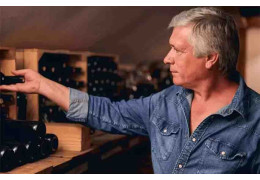
ARE NATURAL WINES WINES FOR LAYING DOWN?
Natural wines, or vin nature, are wines that are made without added products...

WHAT IS THE DIFFERENCE BETWEEN AN OENOLOGIST AND A SOMMELIER ?
From the vine to the glass, wine involves many different professions and pro...
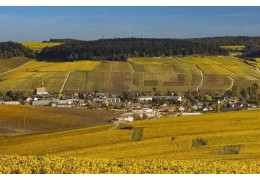
WHAT DO YOU NEED TO KNOW ABOUT CHABLIS WINES?
Located in Burgundy, the vines that make up the Chablis AOC produce dry whit...
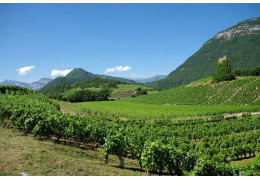
WHAT DO YOU NEED TO KNOW ABOUT SAVOIE WINES?
Everything you need to know about Savoie wines: their characteristics, grape...
